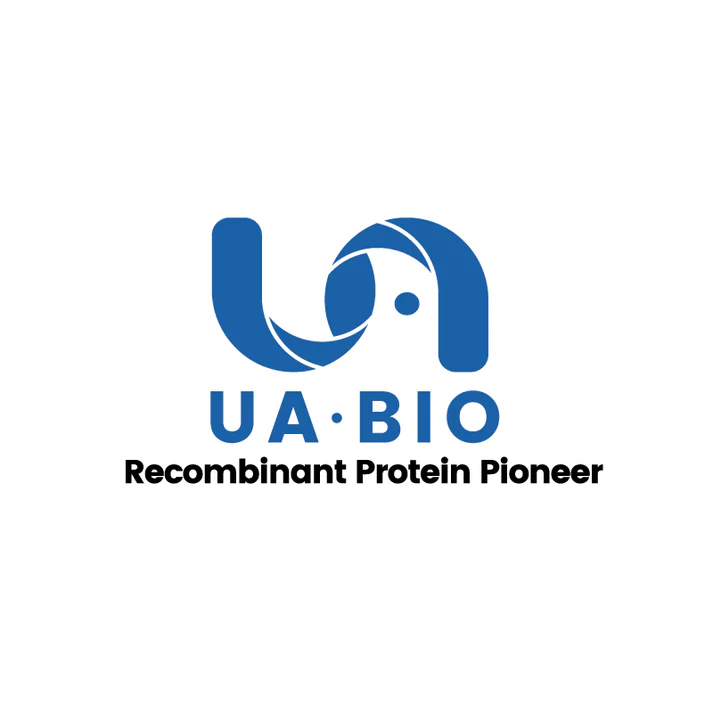2μg (R: reducing condition, N: non-reducing condition).
Product Details
Product Details
Product Specification
| Species | Human |
| Synonyms | SHPS1, SIRPA, CD172A, BIT, MFR, MYD1, P84, PTPNS1 |
| Accession | ATD50864.1 |
| Amino Acid Sequence | Glu31-Arg369 with His Tag at C-Terminus |
| Expression System | HEK293 |
| Molecular Weight | 47-60kDa (Reducing) |
| Purity | >95% by SDS-PAGE |
| Conjugation | Unconjugated |
| Tag | His Tag |
| Physical Appearance | Lyophilized Powder |
| Storage Buffer | PBS, PH7.4, 5% trehalose |
| Reconstitution | Reconstitute at 0.1-1 mg/ml according to the size in ultrapure water after rapid centrifugation. |
| Stability & Storage | · 12 months from date of receipt, lyophilized powder stored at -20 to -80℃. |
| Reference | Tanaka Y, Hu Q, Kawazoe T, Tajiri H, Nakanishi R, Zaitsu Y, Nakashima Y, Ota M, Oki E, Oda Y, Yoshizumi T. The clinical significance of signal regulatory protein alpha expression in the immune environment of gastric cancer. Int J Clin Oncol. 2024 Nov 26. |
Background
Tyrosine-protein phosphatase non-receptor type substrate 1 (SHPS1), also known as CD172 antigen-like family member A (CD172a), Macrophage fusion receptor, MyD-1 antigen, Signal-regulatory protein alpha (SIRPA or SIRP alpha), or p84, is a member of the SIRP family and belongs to the immunoglobulin superfamily. SIRP alpha is ubiquitously expressed, with particularly high levels in the brain. SIRPA/CD172a is an immunoglobulin-like cell surface receptor for CD47 and functions as a docking protein, facilitating the translocation of PTPN6, PTPN11, and other binding partners from the cytosol to the plasma membrane. SIRPA/SHPS-1 supports the adhesion of cerebellar neurons, neurite outgrowth, and glial cell attachment, and may play a key role in intracellular signaling during synaptogenesis and synaptic function.
Picture
Picture
SDS-PAGE
ELISA
Immobilized SIRP alphaV2/CD172a His Tag Protein, Human (Cat. No. UA011147) at 2.0μg/mL (100μL/well) can bind CD47 Fc Chimera Protein, Human (Cat. No. UA010006) with EC50 of 1.98-2.64 ng/mL.


